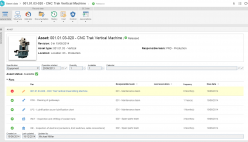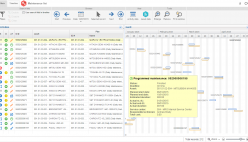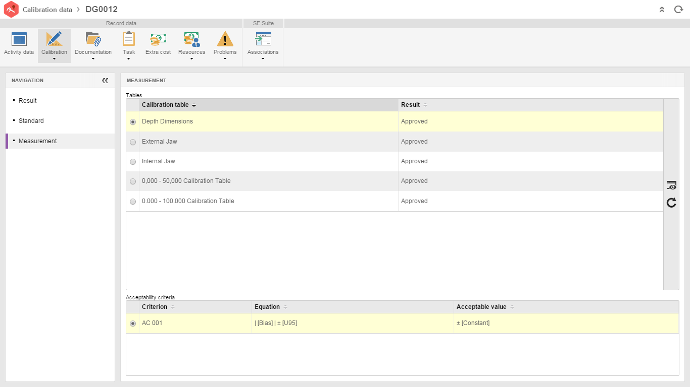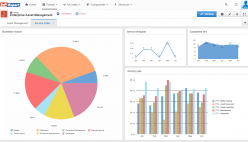ISO 55000
El Reto
En todo el mundo, las empresas de los sectores que más usan activos enfrentan presión constante para administrar de forma eficiente grandes portafolios de activos, mientras que, al mismo tiempo, desarrollan objetivos estratégicos para atender su plan de negocio. En gran parte, el éxito depende mucho de los riesgos asociados a que los activos estén o no adecuadamente identificados y administrados de forma que se minimice el costo total de propiedad durante toda la vida útil del activo.
La ISO 55000 es una norma internacional creada para ser usada como una guía de mejores prácticas para gestión de activos. La norma se enfoca en ayudar a las empresas a establecer, implementar, administrar y mejorar el sistema de gestión del ciclo de vida de los activos. La norma apoya la optimización del uso y gestión de los activos y, al mismo tiempo, la reducción de los costos relacionados, además de ayudar a las empresas a atender todos los requerimientos necesarios de seguridad y desempeño.
ISO 55000 Solution
SoftExpert ofrece la solución de software más amplio y avanzada para la gestión de conformidad, que atiende a las exigencias de los más diversos estándares regulatorios globales. SoftExpert Excellence Suite ayuda a las empresas en el cumplimiento de los requisitos de la ISO 55000, al mismo tiempo en que disminuye riesgos y costos operacionales.
La solución SoftExpert ayuda a las organizaciones a atender fácilmente los requisitos de la ISO 55000, a través de recursos para la elaboración de políticas, definición de objetivos y metas, análisis y comprensión de datos para la toma de decisión, y verificación de resultados sobre el uso de los activos, aumentando la eficiencia del sistema de gestión de activos, reduciendo retrabajo y desperdicios. Con recursos de colaboración en línea, la organización y sus gestores tienen una mayor visibilidad y pueden mantenerse actualizados sobre las iniciativas para uso más eficiente de los activos. La solución integra usuarios, equipos y departamentos a través de procesos estandarizados, que garantizan el mantenimiento y la eficacia del sistema de gestión de activos.
Screenshots
Principales Beneficios
Increase availability of assets, reduce planned and unplanned outages and increase capacity sales.
Reduce costo de mano de obra, incluyendo reducción en horas extras y costos con terceros.
Reduce costo con materiales, uso y stock.
Aumenta la seguridad y la conformidad con normas de medio ambiente.
Reduce accidentes y tareas planificadas y programadas.
Aumenta la vida útil de los activos y reduce el número de reposiciones.
Proporciona el cambio para una cultura sustentable con mejoras empresariales de sustentabilidad.
Reduce riesgos a través de la toma de decisiones bien informadas sobre inversiones en activos.



 Monitorización de Ordenes de Servicio (OS)
Monitorización de Ordenes de Servicio (OS)